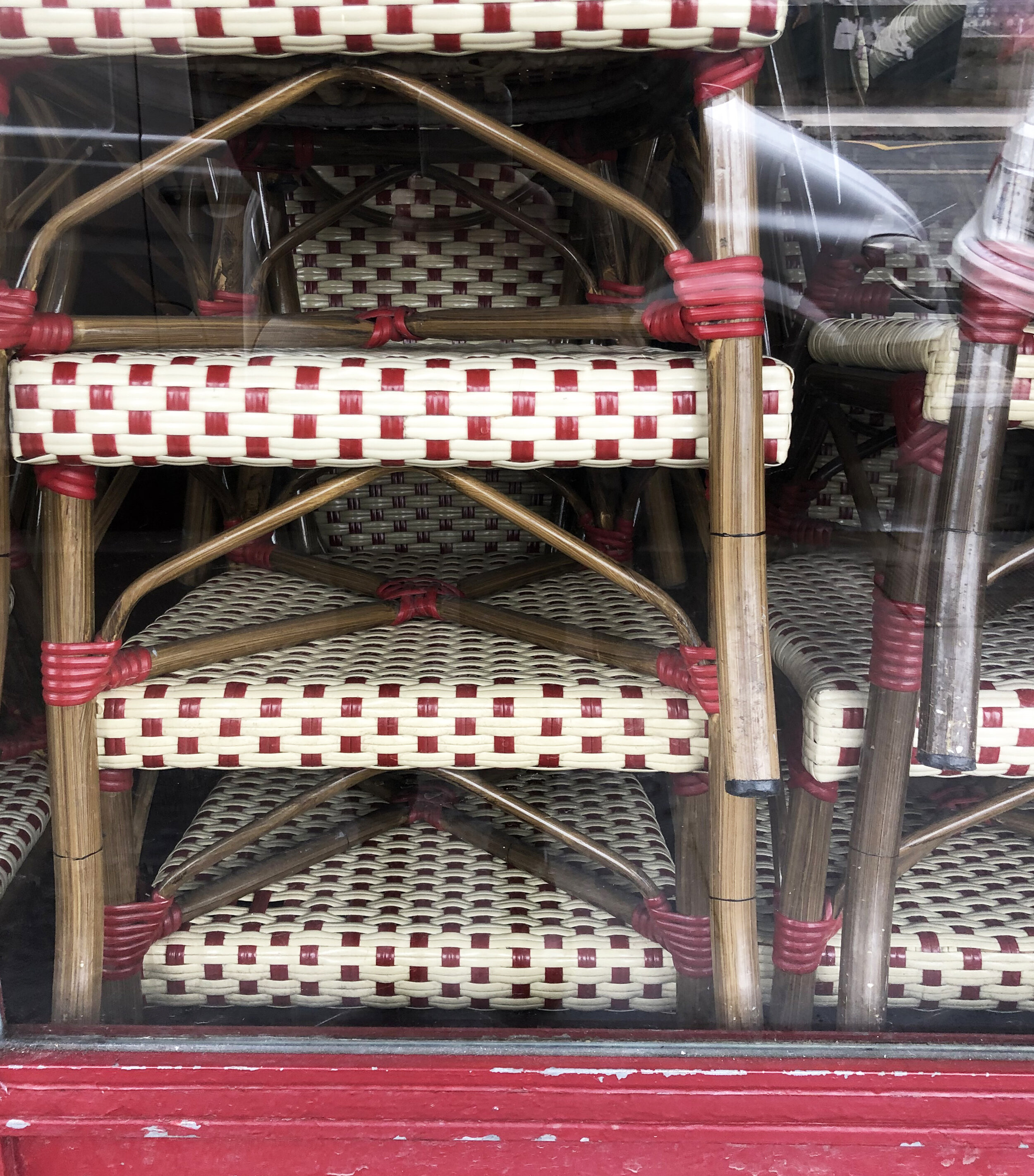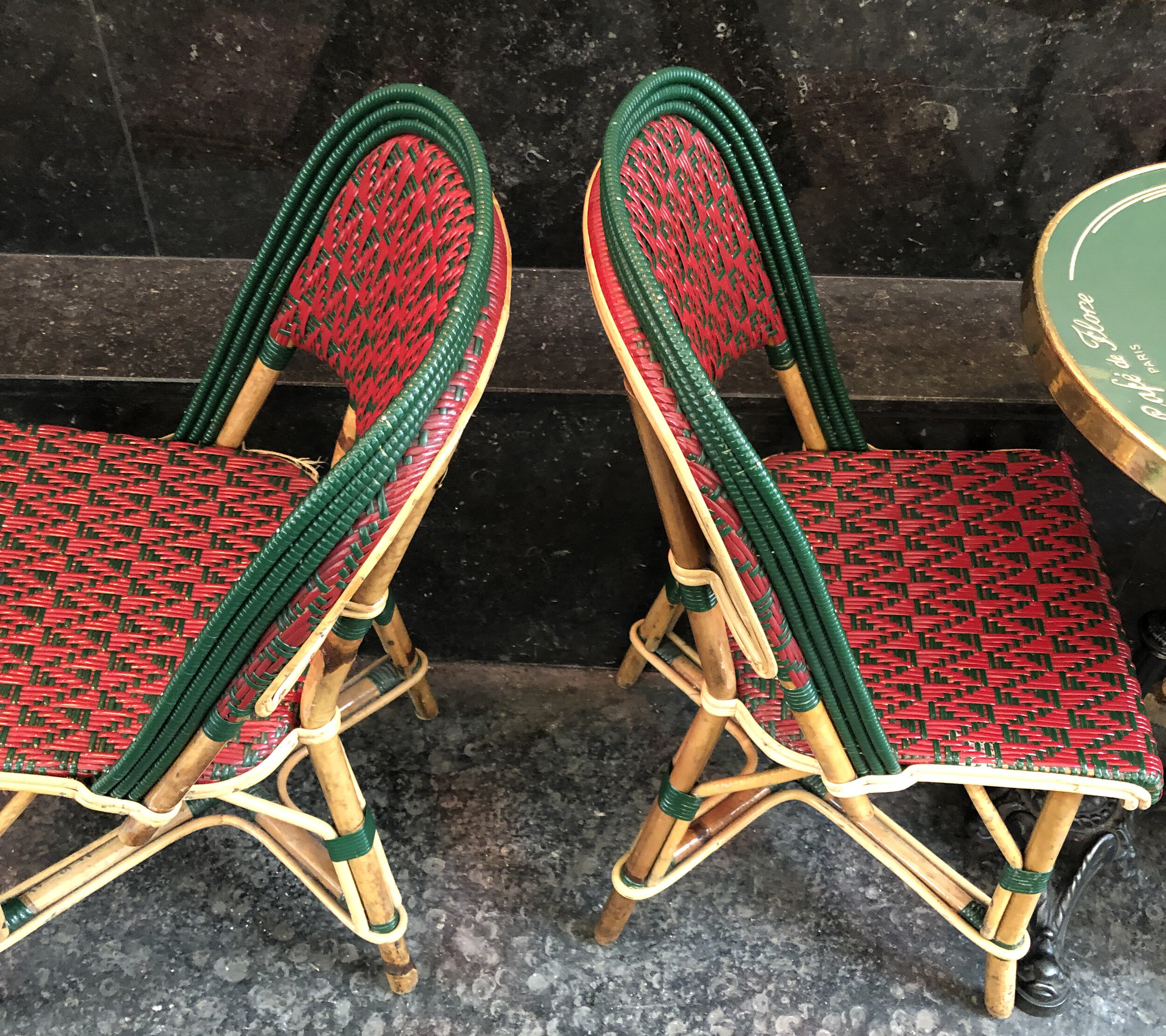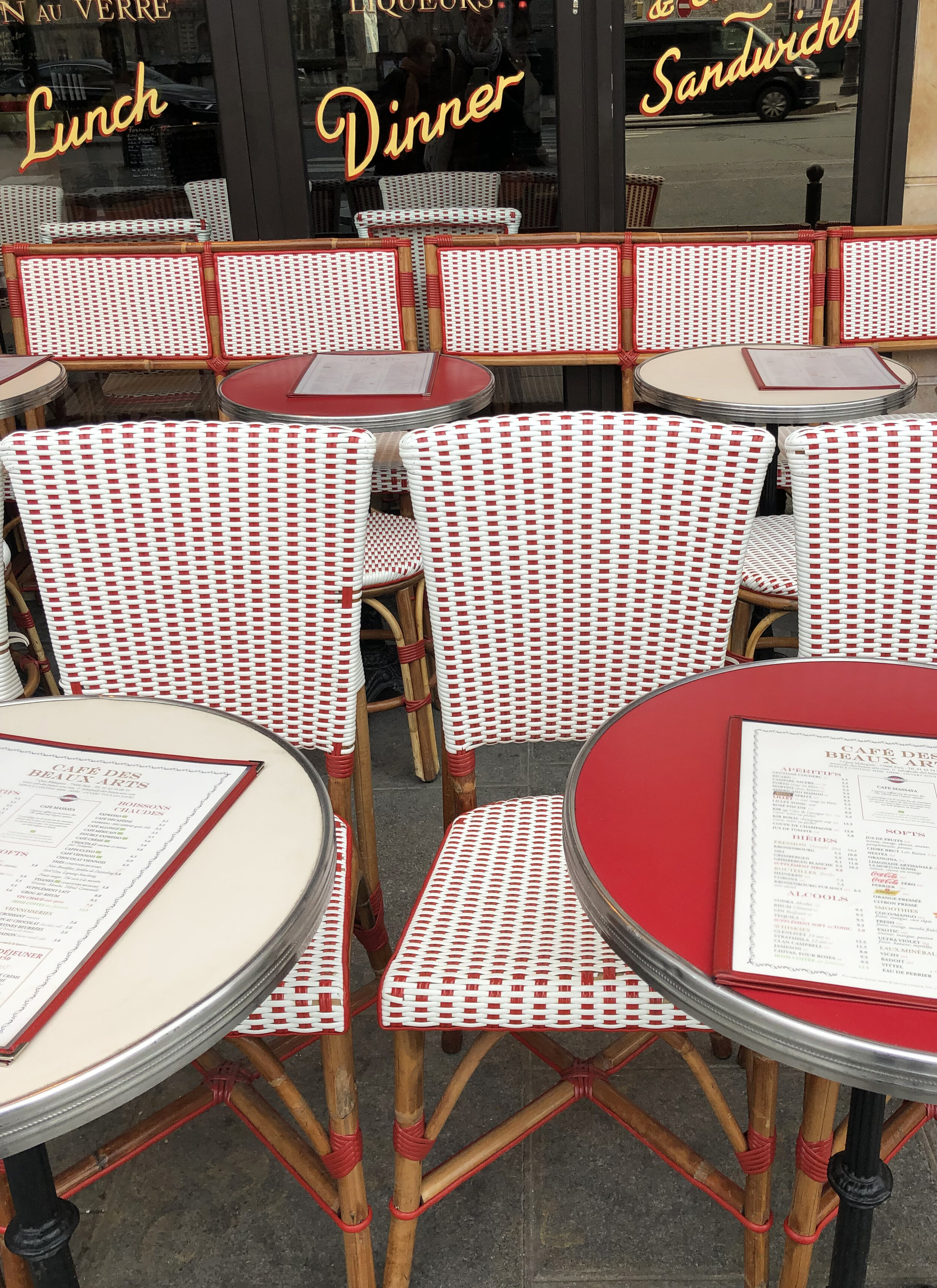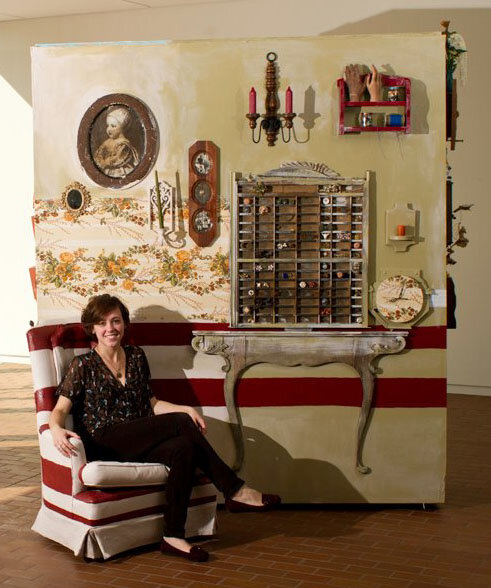In the last several weeks, the frequency of sitting behind screens has inevitably increased as a result of lockdown and shelter in place restrictions around the world.
Too much screen time, 2020
Last week I found myself watching a documentary of the Vitra Design Museum’s expansive chair collection called, “Chair Times.” It felt appropriate in this strange time to willingly go down the infinite rabbit holed history of chairs and their varied seats.
What fascinates me is that (chairs) have personalities. Each of them tells us something about the time it was created in, about the person who designed it, and of course about the society that utilized this particular chair. And also the fact that they’re basically all the same; that they are all an invitation to have a seat, that they’re all small sculptures make them comparable. This allows us to illustrate an era.
- Rolf Fehlbaum, Chairman Emeritus of Vitra
The documentary begins with a focus on bentwood chairs designed by the innovative cabinet-maker, Michael Thonet (1796 - 1871).
Currently behind the closed doors of the MAK Museum in Vienna is the exhibition, Bentwood & Beyond, Thonet and Modern Furniture Design.
Last year when I visited the exhibition, I learned that bentwood furniture is not a Viennese invention, nonetheless, the bentwood chair is most well-known as the “Viennese Chair.”
The center aisle of the gallery displays each chair’s unique silhouette projected onto translucent screens; brilliantly allowing you to focus on the overall form before fussing over the details.
In a conversation between curator, Serge Mauduit and Vitra Design Museum Director, Mateo Kries, they discuss how the Industrial Revolution and the societal development of the 19th century contributed to the emergence of a middle class and therefore a middle class public life.
“What interests me is the public aspect. Suddenly, furniture is designed for public space.”
-Mateo Kries, Vitra Design Museum Director
Fast forward to 2020, when public space becomes eerie and vacant.
This collection of Parisian café chairs was captured back in February of last year, when sitting close to people felt annoying, not nostalgic.
Similar to Masion Gatti proudly producing their chairs by hand, Danish design also emphasizes old school techniques and craft as good quality versus a mass produced object meant to be sold at a lower cost.
The Danish Chair An International Affair is a permanent collection at the Design Museum Danmark. Exhibited beautifully in a tunnel display of stacked chairs, is a collection of 110 chair classics with an emphasis on Danish Modern design.
“The chair is the piece of furniture that is closest to human beings. It touches and reflects the body that sits on it with arms, legs, seat and back.”
-Exhibit Curator, Christian Holmsted Olesen
Chair Tunnel, Design Museum Danmark
An innate element of Danish furniture is simplifying antiquity. Much of the Danish modernist approach was a combination of functionality and craft tradition as well as the result of collaborations between architects and cabinet makers.
Klismos chair, on the stele of Xanthippos, Athens, ca. 430-20 BCE.
Many Danish designers rediscovered the Klismos chair, a type of ancient Greek chair, with curved backrest and tapering, out-curved legs. This inspired reinventing different versions of frame chair designs - a type of chair with a top rail surrounding a person who is seated.
In architect, Witold Rybczynski’s book, “Now I Sit Me Down: From Klismos to Plastic Chair: A Natural History,” Rybczynski explains that in ancient Greek art, the Klismos chair is represented as more democratic than a throne or symbol of status.
Rokoko Chamber, State Room at the Albertina Museum
Yet, in most cases throughout history, a chair portrays a status or identity and is often reserved for the elite. This is evident in the State Rooms of The Albertina Museum, a former palace that was once the residence of the Habsburg archdukes and archduchesses.
I’m typically more fascinated with a used chair. A favorite pastime of mine is scavenging for the rejects - the “one’s trash is another’s treasure”, side of the road or flea market gem.
Through this process of hunting and gathering, chairs became a reoccurring theme in my own artistic practice.
Chair Series II, 2011
Largely inspired by artist, Robert Rauschenberg’s “combines,” I began investigating the relationship of painting to sculpture by deconstructing everyday objects.
Chair Series I, 2011
Similar to how people say that pets resemble their owners, I felt the need to discover the relationship of a chair to a person. How do their frames compare?
Looking again to masters before me, I fashioned my own “Alice Neel Chair” by repurposing a used chair in painted stripes, inviting willing participants to sit for me.
Self Portrait, 1980, pg. 252, Alice Neel Painted Truths
During this process, I was also very preoccupied with various presentations of chairs and the concept behind the installation titled, “One and Three Chairs,” by artist Joseph Kosuth, which compares an object, an image and words as representations of a chair.
Josef Kosuth, One and Three Chairs, 1965 (photographed at the Centre Pompidou in 2019)
This resulted in a repetitive series of paintings depicting seated portraits, and then hanging the painting of the person sitting in the chair behind them while they sat in the actual chair and had their picture taken.
As the series evolved, I lost interest in the figure and focused fully on the chair itself, examining it’s relationship to interior and exterior site- specific locations.
The chair became smaller and smaller, disappearing into wallpaper or miniaturized in the alternative world of dollhouses.
“ A house within a house, the dollhouse not only represents the house’s articulation of the tension between inner and outer spheres, of exteriority and interiority - it also represents the tension between two modes of interiority. Occupying a space within an enclosed space, the dollhouses’s aptest analogy is the locket or the secret recesses of the heart: center within center, within within within. The dollhouse is a materialized secret.”
-Susan Stewart, On Longing Narratives of the Miniature, The Gigantic, The Souvenir, The Collection
Which brings me back to where I started - chairs with personalities that reflect a time or the object’s maker.
Artist, Ellie Richards humorously captures the strange times we are in with her rocking chair that doubles as a game and a workout (you have to physically stand and rock the chair to move a steel ball through the maze’s tracks) all the while commenting on the psychology of feeling stuck in a labyrinth.
Rocking Chair by Ellie Richards (@ellieinthewoods)











































